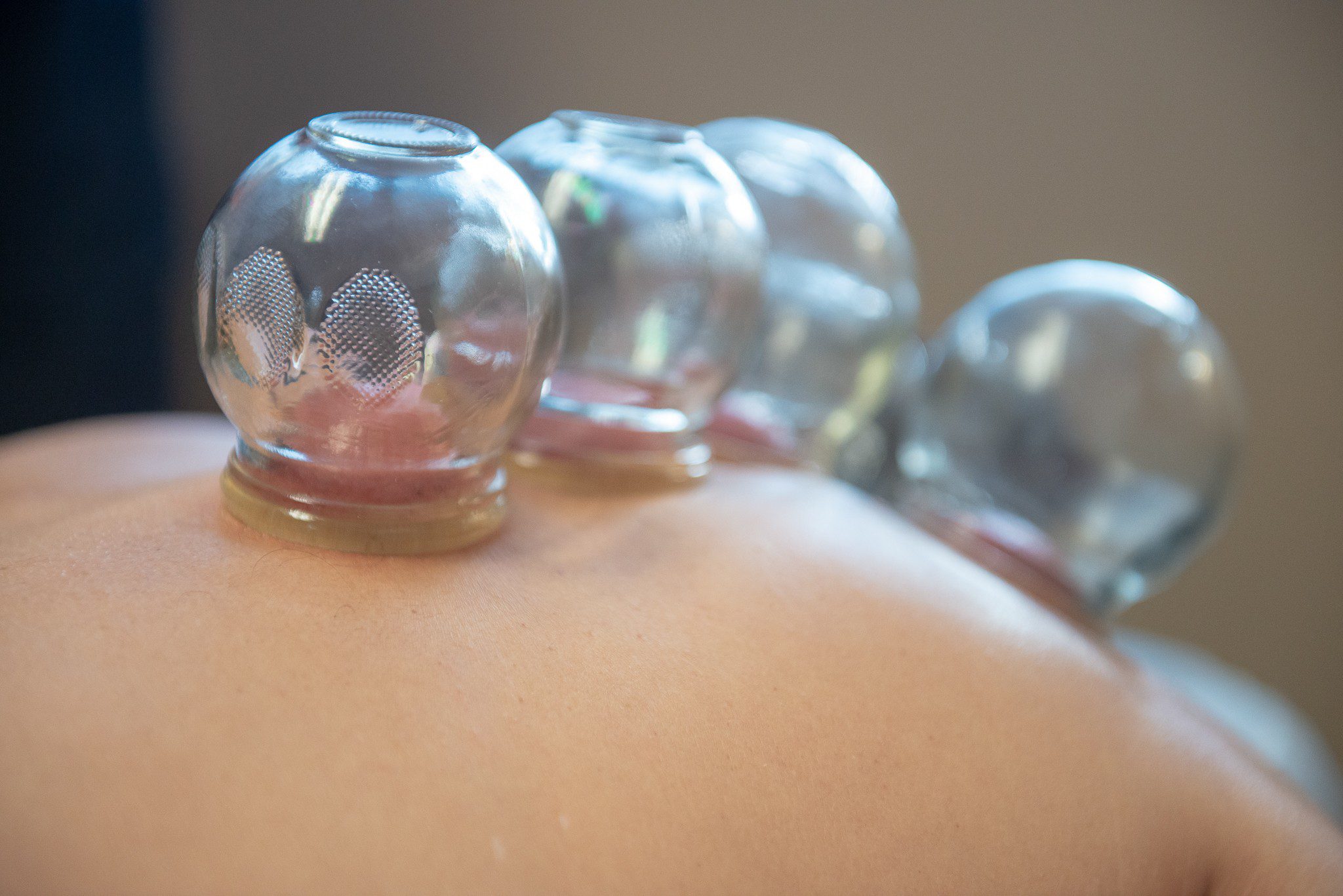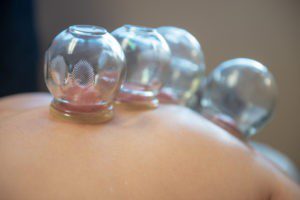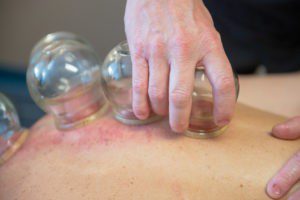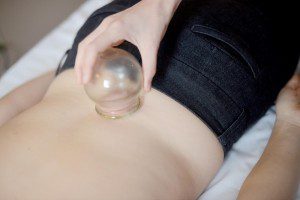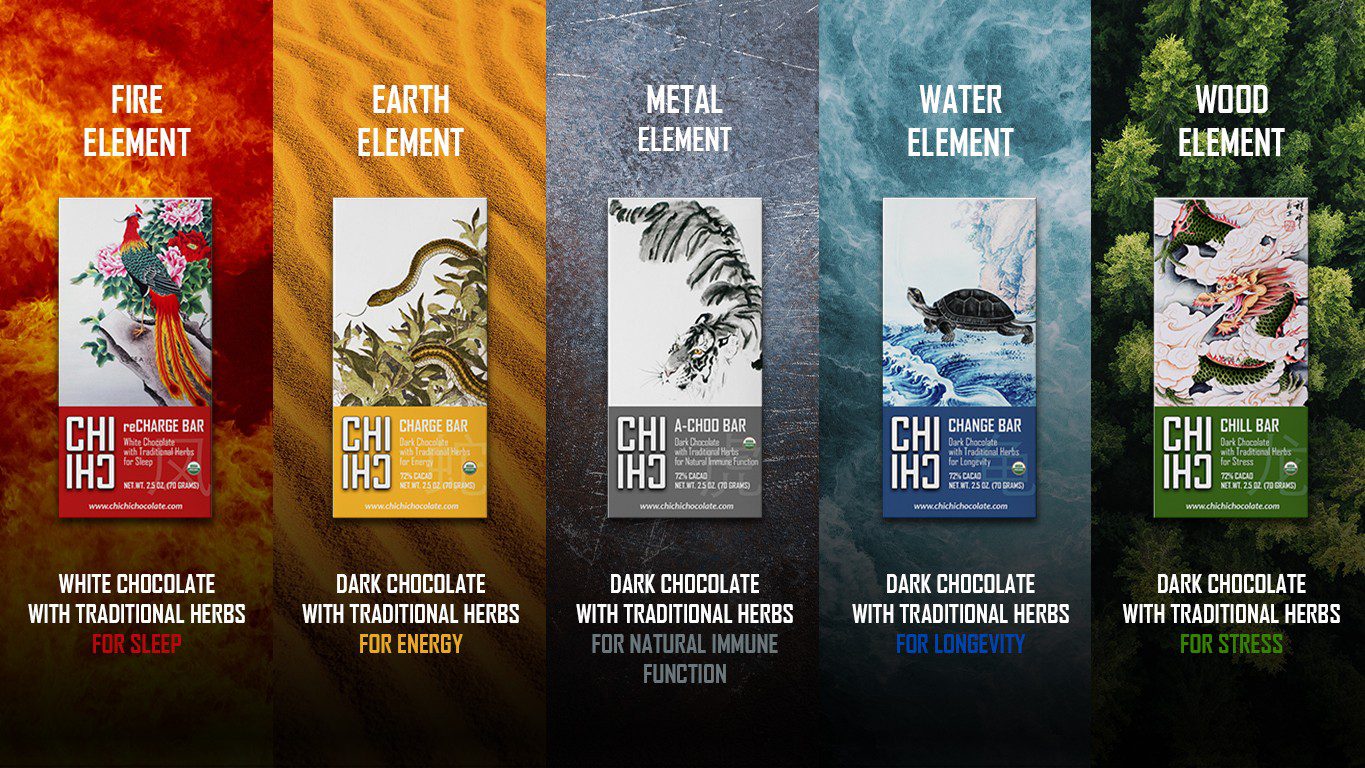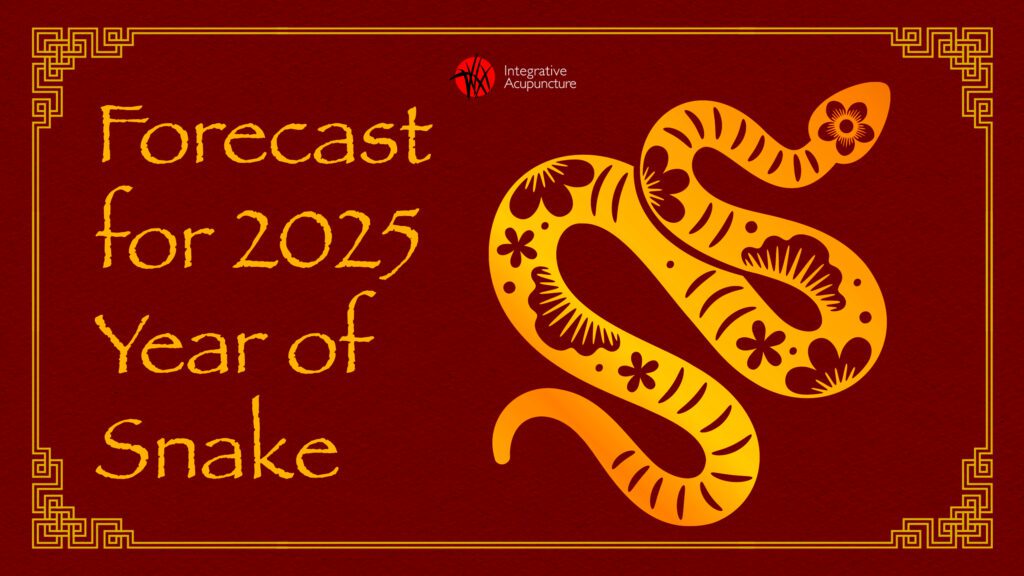The Art and Science of Cupping
Cupping, the ever-popular therapy, has been making headlines. In fact, you’ve probably at least heard of this healing practice if not experienced it yourself. Some of the media attention has highlighted Olympian swimmer Michael Phelps sporting nothing but a swimsuit and purple cupping circles while winning gold in 2016. Some Hollywood movies (ie: The Godfather, part 2) have cupping scenes, and celebrities have even exposed their cupping marks on the red carpet.
Cupping therapy has managed to stay on trend for some years now, but it has long since proven it’s staying power.
Cupping therapy spread throughout Europe during the renaissance. It dates back much further though, to ancient Egyptian, Greek, Asian, and Middle Eastern cultures. One of the oldest medical textbooks in the world, the Ebers Papyrus, describes how the ancient Egyptians used cupping therapy in 1,550 B.C.
China is famous for cupping and its use there also dates back thousands of years. The earliest record of cupping in China was from the Han Dynasty (206 BC- 220 AD). During this period, the most common method to practice cupping was by using cattle horns or cross sections of bamboo. Today’s Chinese Medicine Practitioners generally use round glass or plastic cups.
Types of Cupping
Traditionally, all cupping involved a flammable substance set on fire and placed in a cup. As the fire goes out, the cup is turned upside down on your skin, creating a vacuum. However, there are many different forms of cupping:
Wet Cupping
Wet cupping involves bloodletting enhanced by the suction of the cups. This is thought to draw out thick, stagnant blood, generating healing through improved blood flow.
Dry Cupping
Dry cupping is the more commonly used method in most modern clinics today, and is any type of cupping that doesn’t involve a puncture to draw blood.
Stationary Cupping
During stationary cupping, the cup is generally left in place for up to 3 minutes.
Moving Cupping
Moving (aka sliding) cupping is where the skin is lubricated with oil to allow for massage-like strokes with the cups as they create a gliding suction over areas of the body. A common area for moving cupping to be performed is on the back.
A convenient cupping tool used by many acupuncturists today uses a pump instead of fire to create the vacuum. This style allows for the use of smaller cups to work with bony joints and even face muscles. Some therapists also use silicone cups, which are easily maneuvered with a squeeze of the hand to create the desired level of suction.
Conditions Cupping Treats
In Traditional Chinese Medicine, cupping assists with qi and blood flow. It also opens the pores to draw out pathogenic factors such as wind, cold, damp, and heat. Biomedical research has found that cupping increases local blood flow through microcirculation and capillary cell repair. Wet cupping is helpful in removing toxins from the blood.
One of the reasons it has stood the test of time is because it is safe and beneficial for so many conditions. Here are some examples of uses where research supports effectiveness:
- Immune support
- Carpal tunnel syndrome
- Cholesterol management
- Asthma
- Cellulitis
- Migraines
- Shingles
- Facial Paralysis
- Osteoarthrits
- Insomnia
- Depression
So, the big question: How does it feel?
Cupping (especially sliding cupping) feels like a massage! The difference is that you feel a pulling sensation instead of pushing. Patients sometimes describe it as “a good pain,” followed by a release of pressure. A good practitioner will communicate with you to find your balance point to make sure it is a relaxing, comfortable experience. And yes, you may leave with the famous “cupping marks,” but these are not bruises, as they are not caused by injury and do not hurt. Rather they are the marks from the release of stagnation.
While cupping generally considered a very safe technique, it is important to make sure your practitioner is skilled and taking proper precautions. Licensed Acupuncturists have extensive training in cupping, so contact us or schedule an appointment today and experience the benefits yourself!

